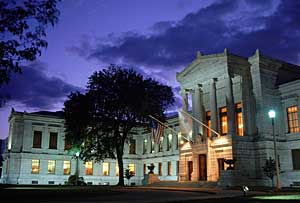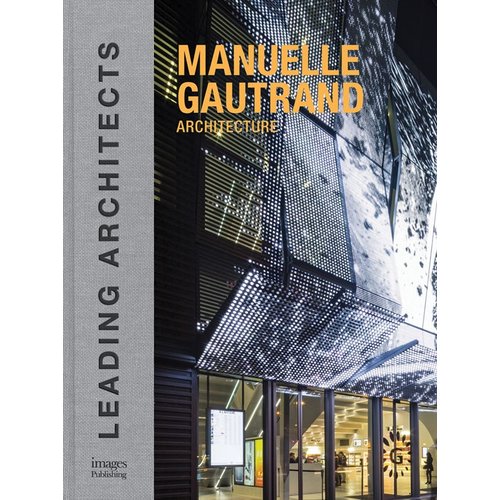This is New England, so you’ll find plenty of John Singer Sargent paintings lining these museum’s walls. But the MFA has upped its coverage of new and younger artists considerably—and, with the opening of the Institute of Contemporary Art’s new building in 2006, the city’s first all-new art museum in nearly 100 years, Boston’s contemporary art offerings are not to be underestimated.

Photo courtesy MFA/Lou Jones
The Museum of Fine Arts Boston, original building designed by Guy Lowell, opened in 1909.
Museum of Fine Arts
Boston’s Museum of Fine Arts may not be as large as the Metropolitan Museum of Fine Art, its bigger sister in New York City, but it boasts an encyclopedic art collection that’s every bit as comprehensive. With 450,000 items—spanning from ancient Egypt to today—you’re guaranteed to discover something different each time you visit.
Among the best known paintings in the MFA’s collection are Gaugin’s Where Do We Come From? What Are We? Where Are We Going?, van Gogh’s Postman Joseph Roulin, John Singer Sargent’s The Daughters of Edward Darley Boit, and Gilbert Stuart’s 1796 portrait of President George Washington (that’s the one that’s copied, in miniature, on the back of a dollar bill). The MFA also boasts one of the world’s finest collections of French Impressionist paintings—including dozens of paintings by Claude Monet (all the water lilies, haystacks, and Rouen Cathedral views you’d ever want to see)—as well as Modern paintings from Degas to Picasso.
No less superb is the art from Japan, China, and India. Housed in galleries near the MFA’s Huntington Avenue entrance, these collections are less trafficked by visitors. The darkened Buddha Temple Room, which contains four large Buddha statues, makes an especially nice place to meditate.
The original MFA building, designed by Guy Lowell, opened in 1909. It’s been expanded and revamped several times since by Hugh Stubbins, The Architects Collaborative, and I.M. Pei. In 2005, the former Americas wing of the MFA was demolished to make way for an addition designed by Foster + Partners. Much of the new section, which will increase the MFA’s overall size by one-third, will showcase the MFA’s Art of the Americas collection and increase the size of its contemporary art galleries. The wing will also contain a new glazed atrium and, a welcome change, help to rationalize the MFA’s labyrinthine circulation spaces.
If you worry that the MFA’s current construction project is depriving you the chance to see parts of its collection, this should allay your concerns: between now and 2010, when the new space is scheduled to open, the museum has seized every available bit of floor and wall space in corridors and rotundas throughout the building to show as much of its collection as possible.
Institute of Contemporary Art
Most people have heard of the Museum of Modern Art (MoMA), the New York City institution that has essentially become the place in the United States to see 20th century art. But what fewer people know is that Boston’s Institute of Contemporary Art is almost as old as MoMA, was founded by many of the same people, and, over the years, has shown work by many of the same artists—it’s a world-class museum, in other words, albeit one that was often overlooked.
This all changed in December 2006, when the ICA opened its new home—a glass-clad exercise in the cantilever designed by architectural superstars Diller Scofidio + Renfro. The 65,000-square-foot space features more gallery space for rotating exhibits and, for the first time in the ICA’s 70-year history, a permanent collection.
To create a permanent collection the ICA decided that it will only collect works by the artists it shows in temporary exhibitions. Expect to see works by cutting edge contemporary artists such as Marlene Dumas, Cornelia Parker, Paul Chan, Mona Hatoum, Thomas Hirschorn, Taylor Davis, and Laylah Ali.

